Commentary: Excavating the burn layer in Altadena
Published in Op Eds
Every archaeologist remembers the first time they came to a layer of blackened dirt while excavating. For me it was at Tel Halif, in southern Israel. I was crouching in a hole; the dig’s director spotted the dark soil from up above.
That black dirt was a burn layer, created when fire tore through a settlement. It was the material residue of great trauma — whole lives consumed and carbonized.
A burn layer puts a mark on a timeline. There is a before, and there is an after, and there is no mistaking the one for the other.
Our home in Altadena has had its own burn layer since Jan. 7. Our family is one of the thousands who lost their homes in the Los Angeles-area wildfires. I have stood in the ashes of that home, watching my wife, Carly, sifting through the fragments to see what survived a fire so hot it melted wrought iron and thick antique glass.
Unlike most of those who are searching through the debris of January’s fires, this isn’t the first time we’ve excavated the rubble of destroyed lives. Both Carly and I are historians who practice archaeology.
Humans tend to build and rebuild in the same places. In archaeology, the hills made up of the ruins of successive eras — often many yards deep and spanning centuries or even millennia — are called “tells.” Sometimes distinguishing a tell’s layers is a subtle art, but a burn layer stands out from everything around it.
In that burn layer at Tel Halif, we found Assyrian arrowheads and ballista stones: evidence of the assault that destroyed the village in 701 BCE, part of the military campaign that the emperor Sennacherib immortalized in stone relief wall panels now displayed in the British Museum. I stood on the hill and looked out toward the edge of the Negev desert, imagining the villagers watching an army come into view. Did they run? What did they think would happen after?
Like those long-gone inhabitants of Tel Halif, we saw the destruction coming — fire on the hillsides of Eaton Canyon was visible from our bedroom window. It wasn’t unfamiliar: I had watched the hillside above me burn in La Crescenta during the Station fire of 2009, and in 2020 the Bobcat fire brought noxious smoke and ash to Altadena.
On Jan. 7, the power had been out most of the day, and the poor cell reception without it meant we hadn’t seen the news out of Pacific Palisades. Santa Ana winds are a familiar part of Los Angeles life, and the flames that night didn’t seem any more dangerous than the ones we’d encountered before. We packed overnight bags, drove down the hill with our kids and expected to come home in the morning.
We did come back the next morning, weaving through downed trees and power lines, avoiding emergency vehicles. (It was some time before the National Guard came to close off the area.) But what we saw at our address made no sense. This was not like a house fire in movies or on TV. There was no blackened shell dripping water after the valiant efforts of firefighters to save it. Instead, there was nothing. The house was simply gone, save the precarious, towering chimney and the massive concrete pillars that had supported the front porch. The sheer gone-ness of it was disorienting.
When we returned to the site later, random surviving objects oriented us: the small cast-iron bedside table, fallen from the second floor to a spot near the fireplace directly beneath it. Our toddler’s diaper pail in the hollow of a crawl space mixed with the remnants of the dining room.
Our archaeological training taught us to look for these small clues, and to reconstruct from them the outlines of the house’s upper stories. At Tel Azekah, another Israeli site, Carly once excavated the skeleton of a young woman who had been crushed beneath pottery that had fallen from the upper floors. We know we are among the lucky ones; at least 18 people from Altadena died in the Eaton fire.
The house we lost was built in 1913 for a spinster heiress named Helen T. Longstreth. Its architectural plans, in ink on linen, wound up in the Huntington Library. The drawings of the exterior’s timbering and the interior’s multilayered moldings and built-in cabinetry attest to both the muscularity and the intricacy of Craftsman architecture at the end of the style’s peak in the Los Angeles area. The beams that supported the large front porch were drawn at an impressive 6x12 inches, milled in a period when 6x12 meant 6x12.
To the Eaton fire, it was all just fuel. And it was all gone.
Or mostly gone. Near the front of the house had been Carly’s office, with a library of 3,500 volumes. Like everything else in the house, it was a total loss, but it hadn’t yet vanished. Because it was in a part of the house with a concrete subfloor and no second story, some of the books on bottom shelves still sat in neat, ashen rows, the stitching on the spines still visible. I was able to pick one up, almost as if it were still a book. But in the hand, it immediately began to disintegrate and blow away in the light breeze.
I was reminded of the charred scrolls from Herculaneum, on which the Getty Villa was modeled, and the ashy human figures from Pompeii, frozen in the poses in which they died as waves of volcanic ash and lava overtook them. Here was the image of a book and bookshelf, but with no surviving words, no life in it.
For me, the fire has driven home what my life’s work as a historian of antiquity has taught me, what Shelley crystallized in his poem “Ozymandias”: We humans build monuments, only to have them disappear into the sands of time. But maybe the Bible says it most succinctly: “You are dust, and to dust you shall return.” (Genesis 3:19)
In an odd way, I count myself lucky to be disabused so forcefully of any fantasies of material permanence while I’m still in the middle of my life. How many elderly people look around their homes and wonder what to do with all this stuff?
I walked away from the ash. Carly, however, returned several times, donned PPE, and sifted. From the ashes she pulled a strange assortment of survivors: fragments of ceramic plates, misshapen metal and coffee mugs that no public health authority would recommend using. (Archaeologists do frequently lick the ceramics from an excavation, the better to show the decoration, but those don’t have toxic metals in the dusting of soil.)
She also excavated a few gems, including a star sapphire ring that belonged to her late father and an inexpensive metal lotus bowl that I had loved, deformed but still somehow itself.
Like the ruins of our house, the site at Tel Halif mostly yielded small finds: the pottery that families used to store, prepare and consume food and drink; small clay figurines that may have been children’s toys. I imagine the people who lived there leaving without time to gather everything, and without an efficient way to transport their heavy pottery.
Some of the items we left behind are now unrecognizable; others have vanished completely. Hundreds of toy cars, handed down from our older son to his younger brother, gone without trace. Likewise, the art and the family photos that adorned our walls. As archaeologists used to reconstructing the past from the fragments left behind, the erratically preserved remnants of our house are a sobering reminder of how many of a site’s most meaningful objects simply disappear.
Some of the surviving items may be restored, at least in some sense. A shattered lilac plate from my sister-in-law can be glued back together. The earrings I gave Carly before our wedding may yet be wearable. But there is no illusion that these items represent the triumph of our own permanence. In the ancient world, buildings were sometimes rebuilt on the same foundations, but not even our home’s foundations are left. The Army Corps of Engineers has already scraped our lot. Future archaeologists may not find much.
Carly’s excavations are her effort to salvage a few fragments of our Before, and connect them to our yet-to-be-determined After. They are symbols of the relationships and the beauty that gave our lives meaning before the fire, and continue to do so even now.
We have been reminded repeatedly in the weeks since the fires of the significance of our community to both parts of this story, the Before and the After. Our neighbors and co-workers have risen up around us, picking us up out of the literal and figurative ashes. Government employees have worked tirelessly at the Disaster Recovery Center to guide us toward a new beginning. We continue to lean heavily on both friends and strangers, as we struggle to maintain the hope necessary to rebuild our lives in this unexpected After.
To return to the burn zones of Los Angeles County, to rebuild above the burn layer, will require hope and faith. This hopefulness is part of our humanity. Nick Cave wrote: “Hopefulness is not a neutral position.... It is adversarial. It is the warrior emotion that can lay waste to cynicism.” The world that existed before the fire lives in our memory more than in any material remains, but we always build on the foundation of the past. Like a human body, Altadena will heal. But the burn layer will always be there, just beneath our skin.
____
_____
©2025 Los Angeles Times. Visit at latimes.com. Distributed by Tribune Content Agency, LLC.
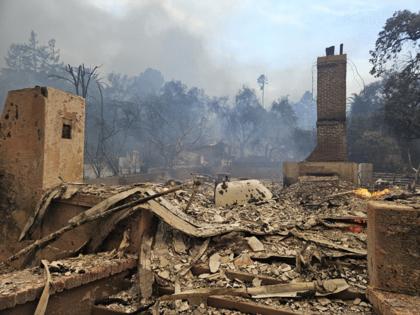


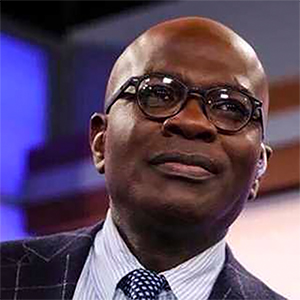

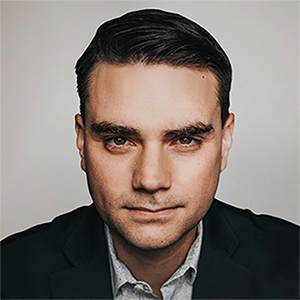

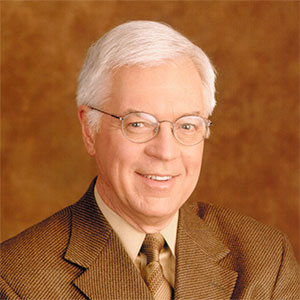
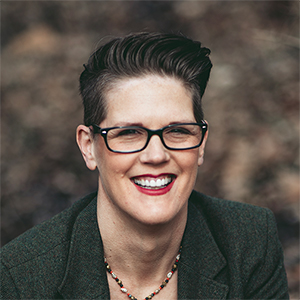
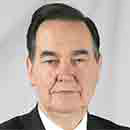
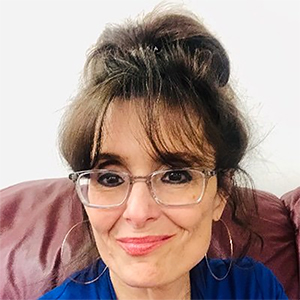
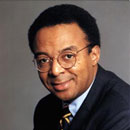
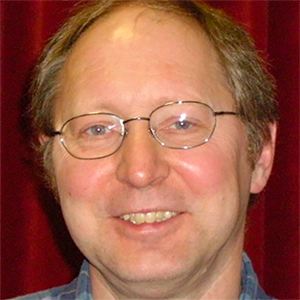

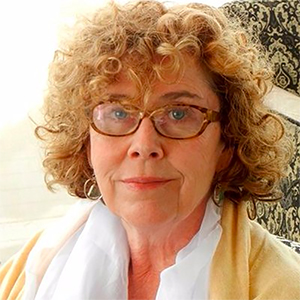

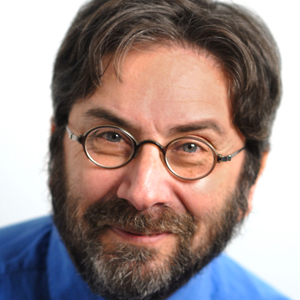

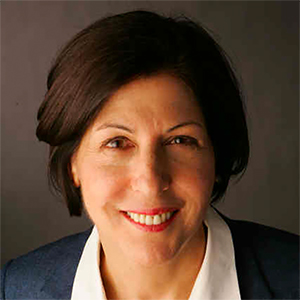
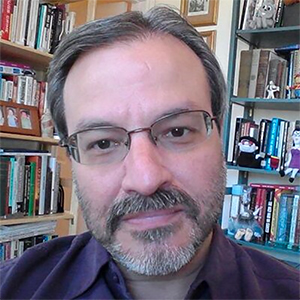
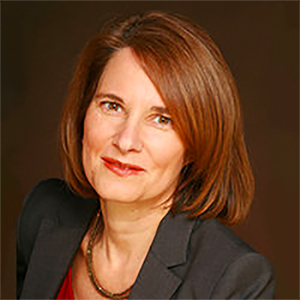


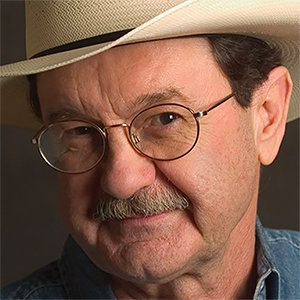

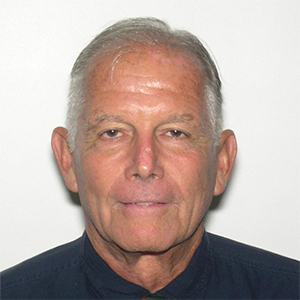
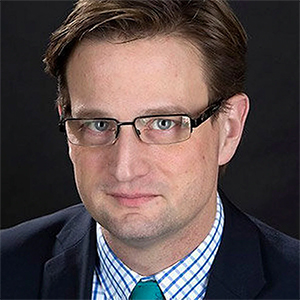
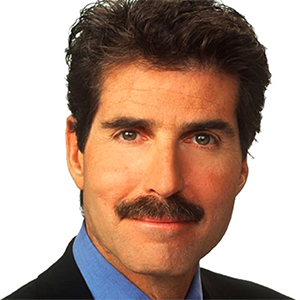



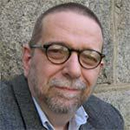
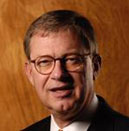


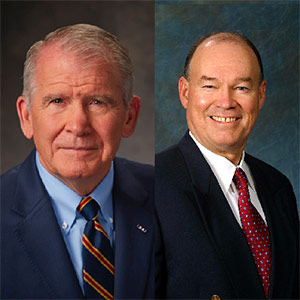
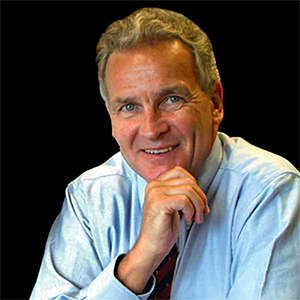
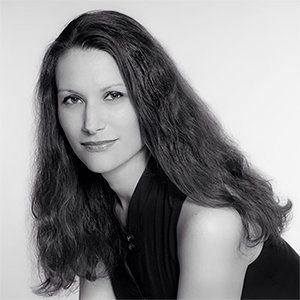

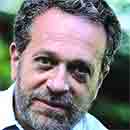
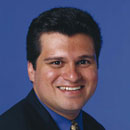
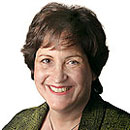

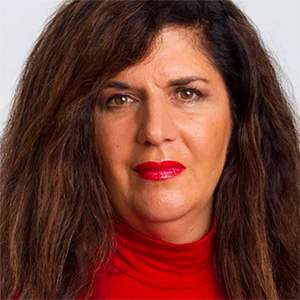


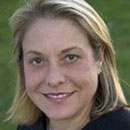
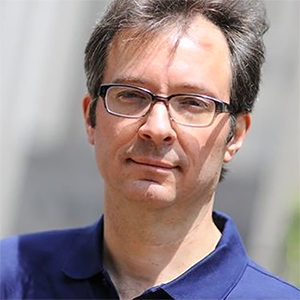

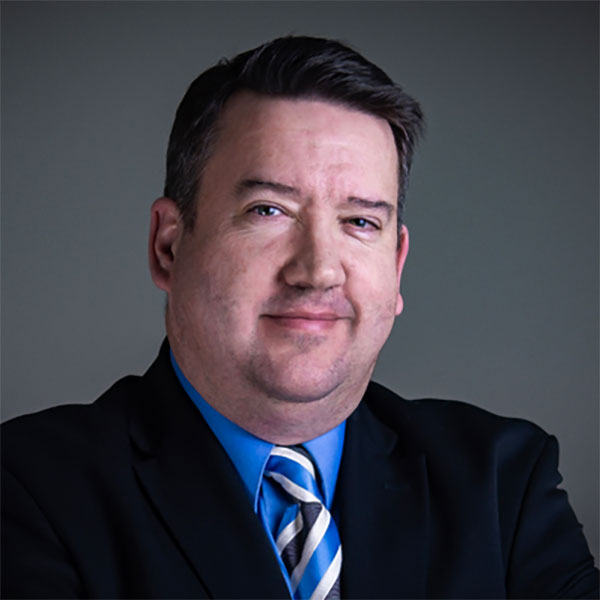
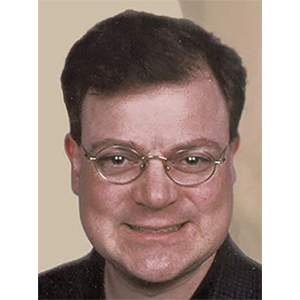
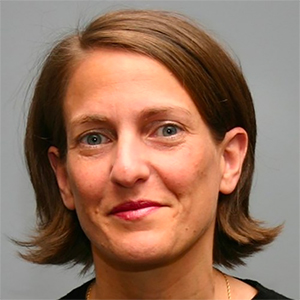


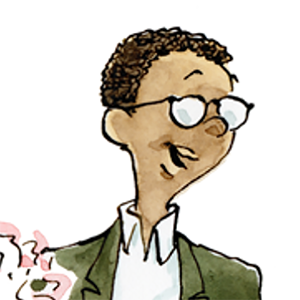
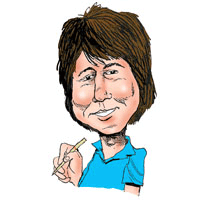

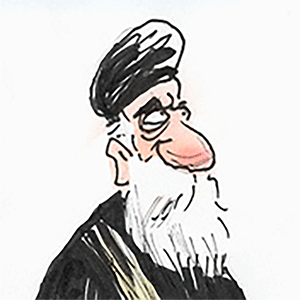

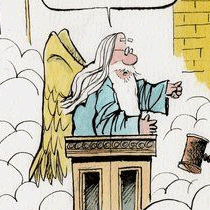
Comments